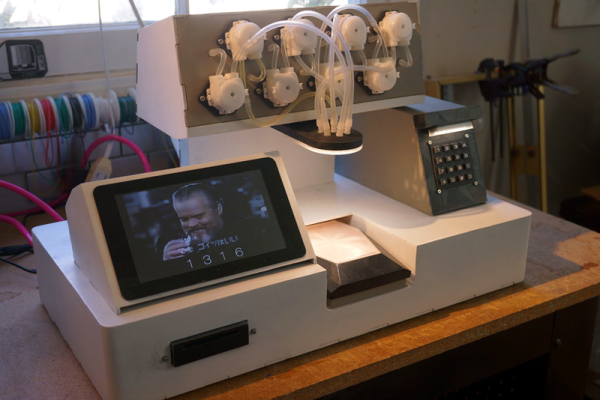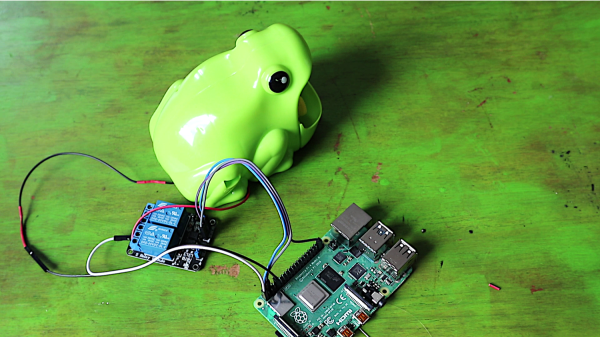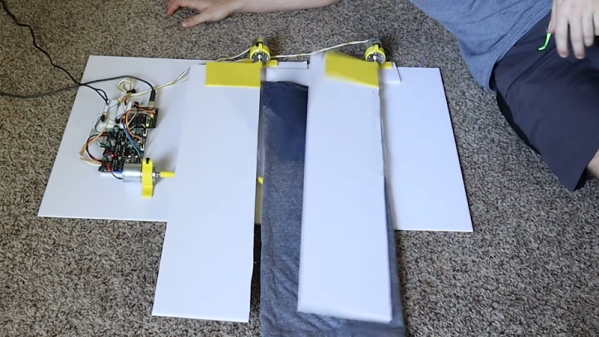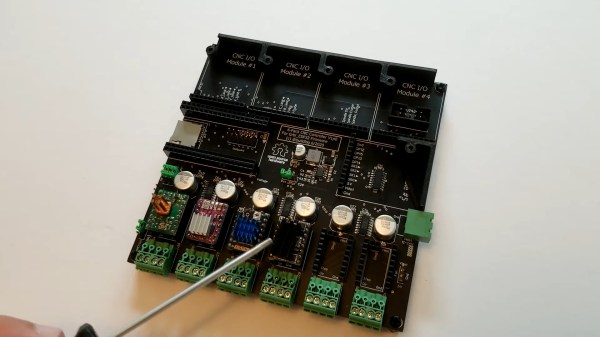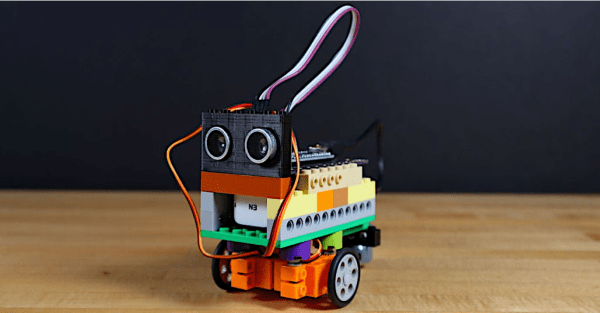It’s perhaps easy to think that despite the rapid acceleration of technology that there are certain jobs that will never be automated out of existence. Generally the job said to be robot-proof is the one held by the person making the proclamation, we notice. But certainly the job of cutting and styling people’s hair could never be done by a robot, right?
We wouldn’t bet the farm on it, although judging by [Shane Wighton]’s quarantine haircut robot, it’ll be a while before the stylists of the world will be on the dole. Said to have sprung from the need to trim his boyishly long hair, the contraption is an object lesson recreating the subtle manual skills a stylist brings to every head they work on — there’s a reason it takes 1,500 hours or more of training to get a license, after all. [Shane] discovered this early, and realized that exactly replicating the manual dexterity of human hands was a non-starter. His cutting head uses a vacuum to stand the hair upright, 3D-printed fingers to grip a small bundle of hair, and servo-driven scissors to cut it to length. The angle of attack of the scissors can be adjusted through multiple axes, and the entire thing rotates on a hell-no-I’m-not-putting-my-head-in-that-thing mechanism.
To his great credit, [Shane] braved the machine as customer zero, after only a few non-conclusive life-safety tests with a dummy head and wig. We won’t spoil the ending, but suffice it to say that the thing actually worked with no bloodshed and only minimal damage to [Shane]’s style. The long-suffering [Mrs. Wighton], however, was not convinced to take a test drive.
In all seriousness, kudos to [Shane] for attacking such a complex problem. We love what he’s doing with his builds, like his basketball catcher and his robo-golf club, and we’re looking forward to more.
Continue reading “A Robotic Stylist For Your Lockdown Lengthened Locks” →

